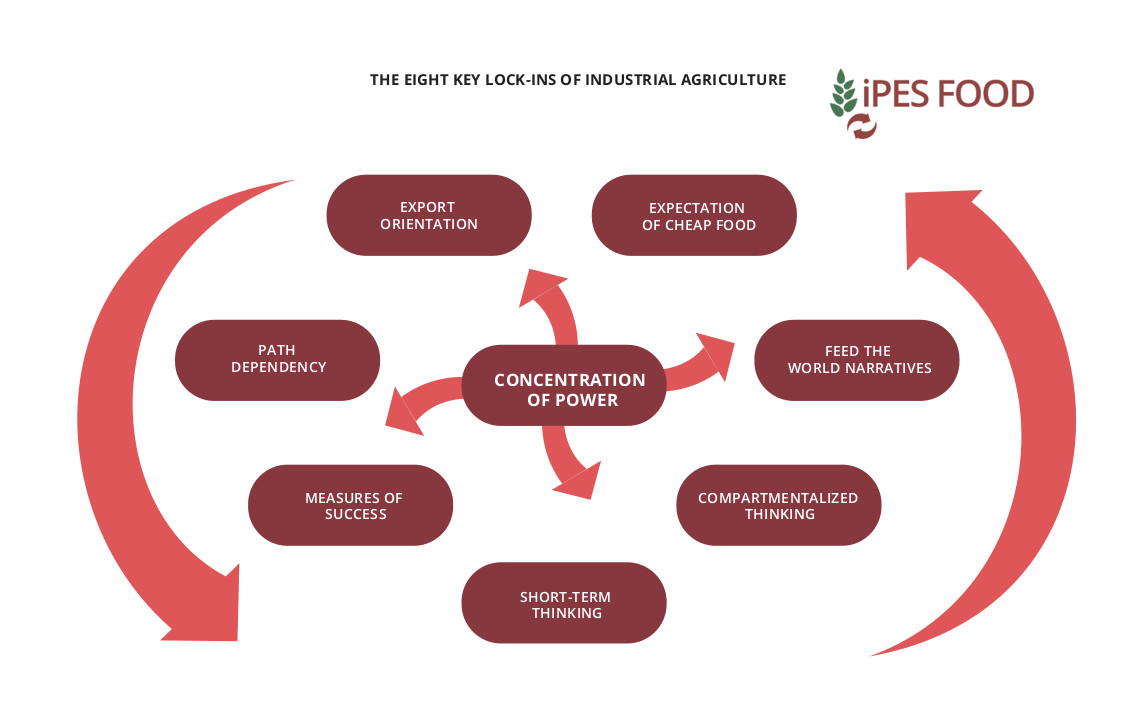This article has been published in the Center for Sustainable and Development Studies Blog Series before it was archived
The current food and farming systems around the world are under pressure and face major sustainability issues driven by industrial agriculture which dominates the current agricultural landscape driving environmental degradation to socioeconomic inequalities, food insecurity for many, and economic adversities to farmers. This blog echoes the call for a shift on how we grow and consume our food decoupling economic growth from environmental degradation to achieve the Sustainable Development Goals (SDGs).

The Global Sustainable Technology and Innovation Conference I attended in Brussels, Belgium last November 28-30, which gathered experts from around the world, reinforced the need for a paradigm shift in how we produce and consume food to achieve sustainable development through alternative approaches and innovations in the current food system. Reducing the ecological footprint was basically the cornerstone of the “alternative” and innovative approaches to transform the status quo, with agroecological approaches being increasingly prominent in the debate.
In the most basic sense, agroecology is mimicking the natural processes in the farm settings. According to Olivier De Schutter, co-chair of the International Panel of Experts on Sustainable Food Systems (IPES-Food – per its website), this is done by “working with nature rather than against it”. These approaches, or the application of ecological concepts and principles to food systems’ design and management, have consistently proven capable of increasing productivity and sustaining this over time and, rebuilding soil fertility and the environment as reported. With these benefits in mind, one can’t help but ask, what hinders the transition?
The recent report by the IPES Foodon breaking away from industrial food and farming system enumerated eight lock-ins, illustrated in (Figure 1), which prevent the transition towards a more sustainable food system. These include (a) path dependency; (b) export orientation; (c) expectation of cheap food; (d) feed the world narratives; (e) compartmentalized thinking; (f) short term thinking; and (g) measures of success, underpinned by;(h) the concentration of power in a limited number of actors that reinforces their ability to influence policies with their strengthened economic and political dominance.

Conversely, in spite of these lock-ins, the report showed through several case studies that actors of the food system, from farmers to researchers to consumers, have found ways to break away from industrial agriculture. These approaches have been founded by questioning the assumptions of the industrial agriculture paradigm to fundamental rethinking and redesigning of the food and farming systems. IT IS THEREFORE POSSIBLE to redesign the food and farming system fundamentally. The question is how do we upscale these approaches.
To date, most of the reported cases both the initial and subsequent development and expansion have heavily relied on local civil society actors with collaboration from international NGOs and networks of scientists and researchers. While this initiative is important, it is noteworthy that we explore and occupy the spaces between the state and private sectors and the role they can play to help materialize and accelerate the change that is happening. We should also consider the role of digitalization to upscale these approaches. A blog post by Francesco Ajena, which explores synergies between agroecology and digitalization highlights this, stating that serious potential can be unlocked if digital tools are combined with the objectives of sustainable production.
Supporting farmers to take on hybrid roles may also unlock change by allowing them to become new agents of knowledge, inputs, and market access. An example of this is the case of producer organizations that combine functions such as capacity building activities and political advocacy allowing farmers to take political leadership roles in the community by becoming political actors therein reinforcing their ability to drive change. This ascertains the importance of collective action from farmers and other stakeholders. In another instance, significant shifts in food systems where economies of scale are more valued can also be driven by “food citizenship” as a major driver of food system change where consumers are educated to have healthier diets. This basically calls for creating food networks grounded on the idea of a direct relationship between the grower and the eater.
The main take away is that it is possible to mainstream the alternative by exploring intersections where power can be reconfigured. Steps are required to promote these innovations at various scales, what is important for consideration is we involve local communities in designing transition, not imposing change while we underscore the role of learning and adaptation in building sustainable and resilient food systems. For once, now is also the time to stop referring to these innovative approaches as the alternative.